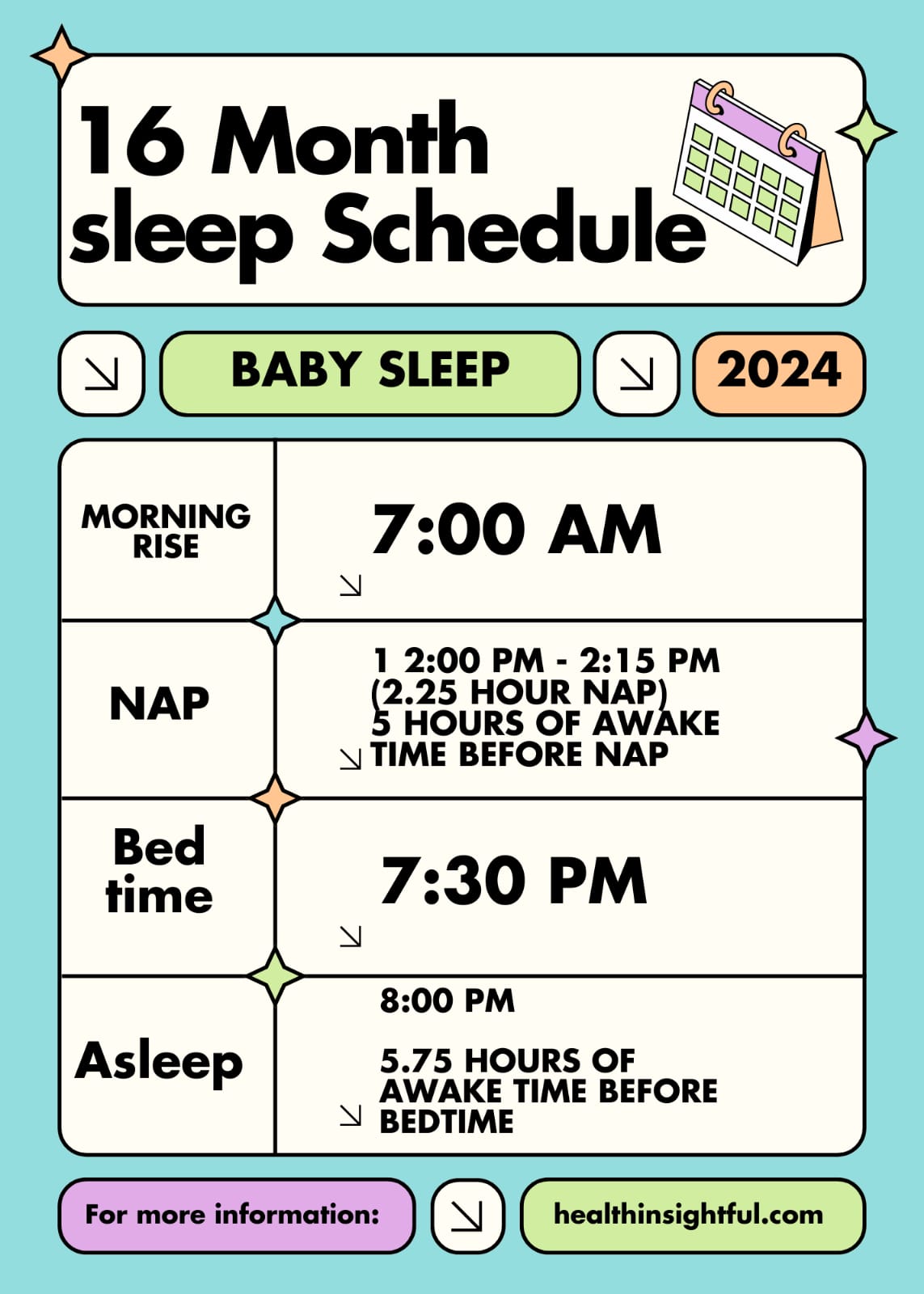Co-sleeping is a very common practice that many families implement, especially in the early months. The term itself suggests sleeping close to or, as many would view it, actually in the same bed as one’s child. Co-sleeping may forge very strong bonds and might provide greater ease where night feedings of the child are concerned, but eventually parents do decide that their children should be taught to sleep independently of them. The switch to independent sleeping requires patience and a thoughtfully rendered process if the transition is to be smooth for both child and parents.
What follows are step-by-step instructions incorporated with practical tips that will ensure seamless transition from co-sleeping to independent sleeping.
Step 1: Choose the Right Time to Transition
Timing is of essence when transitioning from co-sleeping to independent sleeping. While there is no universal “right time” to affect the change, the time must be chosen carefully when both you and your child are ready for the transition.
Considerations:
- Developmental Readiness: Most children develop the additional self-soothing skills necessary for sleeping through the night independently between 6 to 12 months.
- Stressful Times: Do not attempt to transition your child if he’s teething, in the middle of a sleep regression, or has some other big life change-just starting at a daycare, for instance. It is better to wait until he is more settled.
- Parent’s Readiness: be sure you are emotionally prepared to let go of that night time closeness. In this way it will be easier on you and your child if you are not emotionally ready.
Step 2: Institute a Bed Time Routine
A well-set bedtime routine cues your child into the fact that sleep time has approached regardless of where they will sleep. If you do not have one, now is a great time to make one.
Tips for a Soothing Routine:
- Bath Time: A nice warm bath can be a fine way to relax a child and gives them a sense of it being night time.
- Story time or Lullabies: give comfort and familiarity by nature of reading a book or singing a lullaby.
Gentle Massage: this sort of thing will be great for putting your child at ease and relaxing him/her before retiring to bed. - Dim the Lights: reduction in the light intensity of the room makes your child feel and identify that it is now sleep time.
Step 3: Make Sleep Environment Appealing
Your toddler may resist choosing an uncomfortable new sleeping environment over sleeping with their cozy parents, so in making their new sleep environment inviting and secure, below.
Steps to Prepare the Sleep Environment:
- Familiar Objects: Provide them with a lot of security in their new space with familiar blankets, stuffed animals, or a sleep sack. Comfortable Bedding: The comfort of the crib or bed will make the adjustment for them not as hard.
- White Noise: A white noise machine can mask any unknown sounds, thus creating a sleep-friendly atmosphere.
Step 4 : Nap
If the whole concept of independent sleeping is too overwhelming to take on all at once, that’s OK-start by taking a few daytime naps to acclimate your child to his new sleeping space and make nighttime separation less stressful.
How to Implement:
- Place your child in his crib or bed for naptime.
- Stay close by to reassure him if needed, but let him fall asleep on his own.
- Once the child has consistently slept in their own space during naps, they can begin transitioning to nighttime sleeping.
Step 5: Use Gradual Separation Techniques
One of the effective ways to transition your child not to co-sleep involves the use of gradual separation techniques. In putting into place the use of such techniques, the child will gradually be placed in a position to sleep alone while still feeling secure.
Techniques to Try:
- Room Sharing: Until many children are old enough to sleep in their room, it’s a good idea to introduce them with a crib or bed in the parents’ bedroom. Your child would still get to be independent, sleeping by themselves, but could remain within the comforting vicinity of mom and dad.
- The Chair Method: Sit beside their crib or bed until they fall asleep and gradually move the chair farther away from their bed a little more each night until you’ve stepped out of the room altogether. This method reassures your child, as he is close to your presence, while learning to sleep independently.
Step 6: Provide Reassurance Without Reinforcement
This is normal in transition, and they cry and/or wake up searching for this comfort they are so used to. It is okay to reassure them but not into old cosleeping behaviors.
Tips on Night Wakin’g:
- Respond Calmly: In the event that your child wakes up, go into them and offer some verbal reassurance or light touches, without picking them up or taking them into your bed.
- Establish clear boundaries: Your child needs to know this is where he will be sleeping from here on out. Again, through your calm and soothing actions, the message continues to sink in as your child becomes accustomed to this new sleeping arrangement.
Step 7: Consistency and Patience
The secret of a smooth transition from co-sleeping to independent sleeping is one of consistency. Usually, the process takes time, and for most times, backsliding is likely to occur, especially if your child has gotten used to sleeping with you for a very long period.
Consistency Tips for Staying:
- Stick to the Plan: Once you decide on a method, be consistent with it. Changing methods or giving into cosleeping after one difficult night will only confuse your child and extend the transition.
- Be Patient: This is a huge transition for your child; it can take days, at times even weeks, to get used to the sleep routine. Be patient and cool-supportive through this period.
Step 8: Celebrate Small Successes
As your child gradually gets used to sleeping alone, celebrate the small successes. Positive enforcement will surely help in boosting your child’s confidence to sleep independently.
How to Encourage Success:
- Praise Efforts: You can praise your child for even a short length of time he has slept independently.
- Celebrating Milestones: Once he finally manages to sleep through the night, make sure to recognize such milestones with small rewards, extended time of storytime, or some other favorite activity in which he indulges.
Conclusion
What needs to be remembered is that this transition from co-sleeping to sleeping independently takes a long, consistent amount of time and patience on your child’s behalf. Gradually readjusting the sleeping conditions with reassurance in plenty might be just what your child needs in his adjustment to this new sleeping context. Because every child is different, go at your child’s pace until you’re both getting good nights of sleep.










